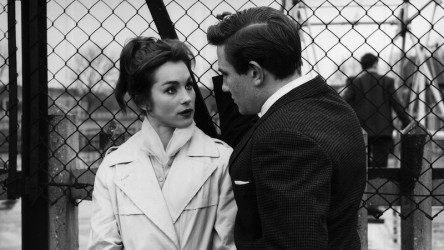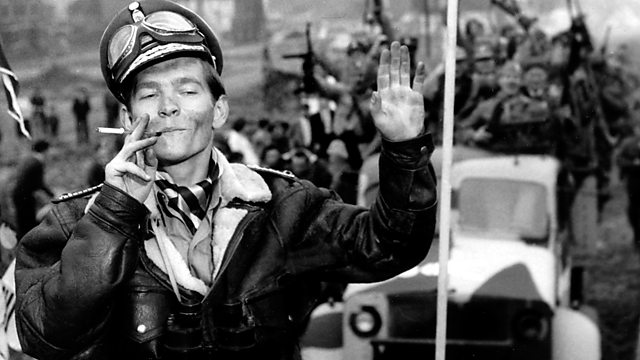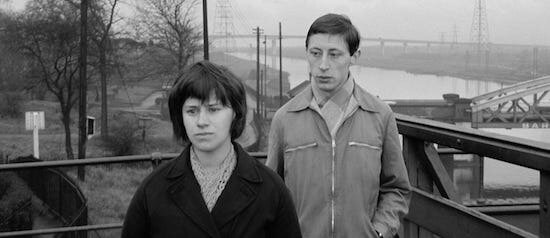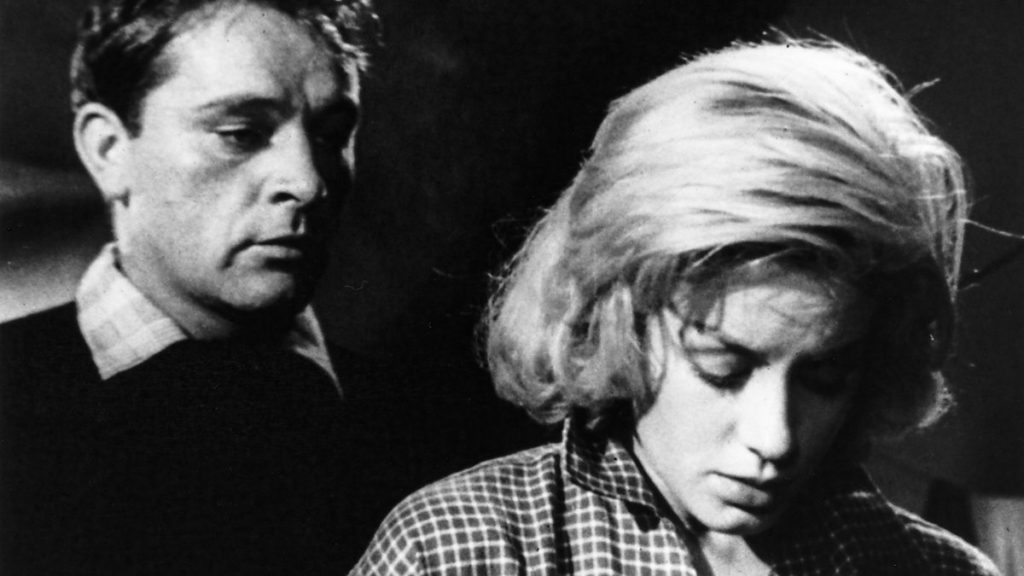https://web.microsoftstream.com/video/3323697e-6e73-455e-96d0-fdce3fe31a71
Daily Archives: March 28, 2023
Filters
Indian Parallel Cinema
Parallel cinema is an Indian film movement that originated in the 1950’s in West Bengal, acting as an alternative to the mainstream “commercial” Indian cinema (Bollywood).
Parallel Cinema is characterized by its serious content, realism and naturalism, symbolic elements with a keen eye on the sociopolitical climate of the times. With its purpose to express the director’s frustration with society and to make people think about issues that are plaguing them.
Key Directors and Films:
The movement was initially led by Bengali cinema and produced internationally acclaimed filmmakers such as Satyajit Ray, Mrinal Sen, Ritwik Ghatak, Tapan Sinha e.t.c.
Apu Triology (1955-1959) Satyajit Ray (Includes- Pather Panchali (1955) Satyajit Ray)
Nagarik (1952) Ritwik Ghatak’s
Garm Hava (1974) M. S. Sathyu


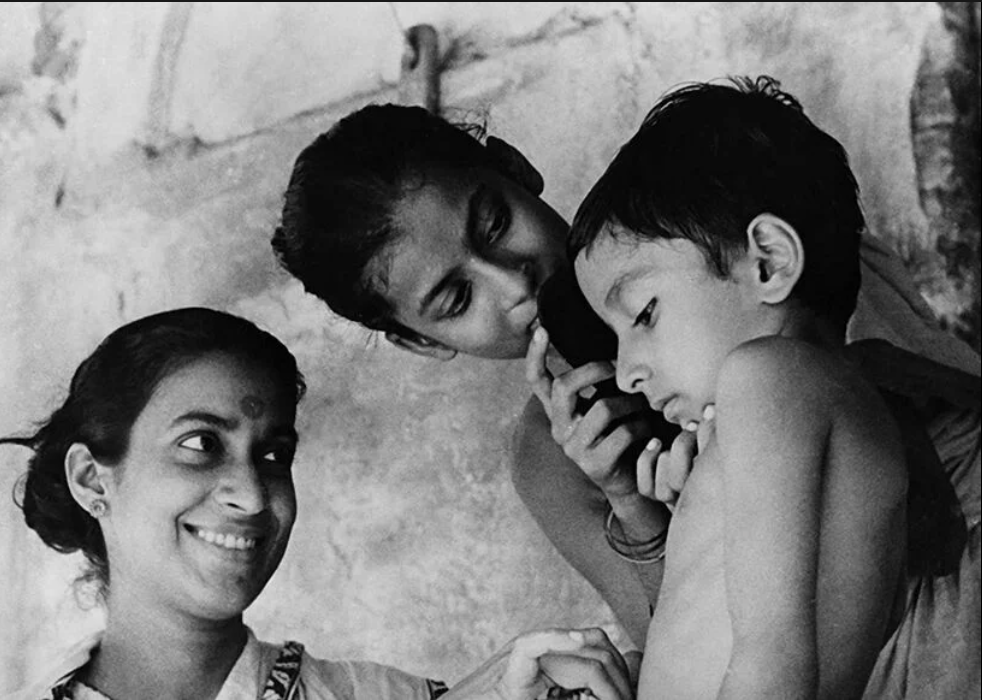
Themes/Characteristics of Parallel Cinema:
- Movie tries to make a direct connection with the audience by telling its stories through characters who are common people.
- Portrays India’s problems through cinematic art – violence, corruption and inequality were among those issues.
- Genre of parallel or art films is realistic drama, which is mostly based on social issues. With non-linear story telling revolving around the protagonist.
- Films used minimalistic sets, little or no musical score, and often shooting on location.
Gerasimov task
Soviet Constructivist Cinemas influence on Contemporary Cinema
The Breakfast Club appears to have been influenced by Soviet Cinema, specifically due to its use of montage emphasising the passing of time in detention along with unity between the students – Rhythmic montage can be seen as the club dance to We Are Not Alone by Karla Devito.
The Five Methods of Montage
Metric montage in The Royal Tenenbaums
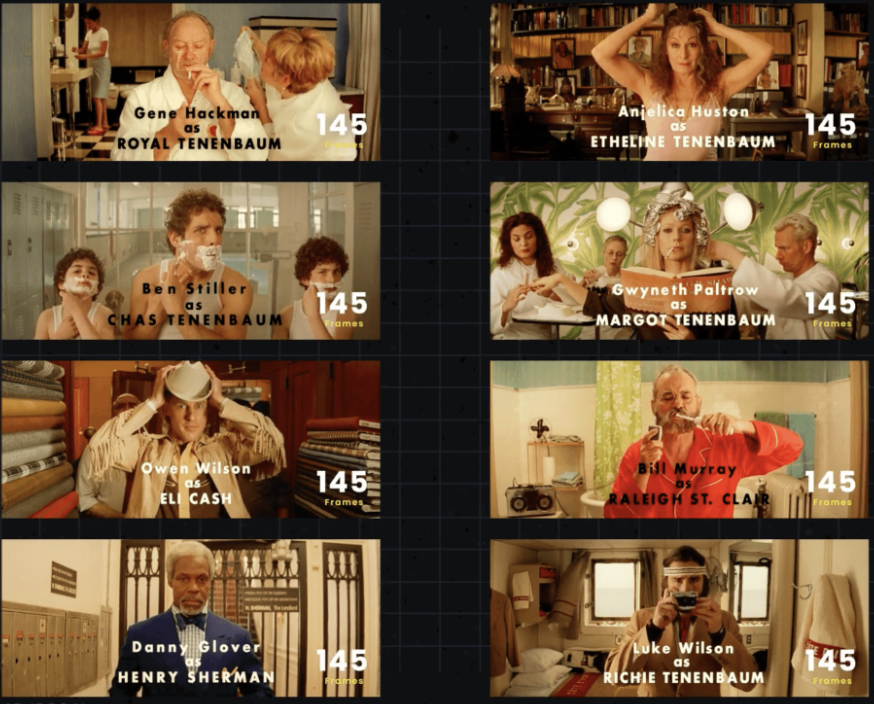
Wes Anderson effectively uses metric montage in many of his films to give the movie a fluid flow (creating tempo).
Rhythmic montage in Rocky

This montage allows Rocky’s training to be condensed into a short musical montage highlighting his determination/triumph.
Over-tonal montage in Up

Here the over-tonal montage functions almost as its own short film compressing the couples love story.
Intellectual Montage in Strike

The intellectual montage allows those two images to juxtapose, forming a new meaning/connection between the cow and the civilians (the series of shots of the deceased and murdered civilians sprawled on the ground runs parallel to the cow’s throat being brutally slashed open with a knife, as the cow slowly bleeds to death).
Classic Soviet Constructivist Films
The Young Lady and the Hooligan (1919)
Kino Eye (1924)
The screw from another machine (1926)



No Wave Cinema (1976-1985)
No Wave Cinema came out of the punk rock scene and was defined more by attitude than style.
Filmmakers like Kembra Pfahler, Beth B, and Tommy Turner were influenced by the raw energy of punk music and the art world of New York City in the 1960s and 1970s.
No Wave Cinema was characterized by its gritty look, use of non-professional actors, and edgy themes.
No Wave filmmakers had a do-it-yourself (DIY) approach to their work. They didn’t care about money or fame; their goal was to create something that could be appreciated by a small group of people.
some notable films of this era are:
- The Blank Generation (1976)
- Rome 78 (1978)
- The Driller Killer (1979)
- Permanent Vacation (1980)
As well as some famous directors such as:
Jim Jarmusch, Tom DiCillo, Steve Buscemi, and Vincent Gallo
British New Wave Cinema
The British New Wave was a movement among young British filmmakers of the late 1950s and early 1960s who had grown up watching American and European art films and were inspired to make more of their own. The movement had an emphasis on social realism and naturalism, as well as a tendency to focus on working class characters and settings.
British New Wave films were made outside of studio control, studios rarely wanted to distribute them and so because of this, they were often shown in small specialty theatres or at film festivals.
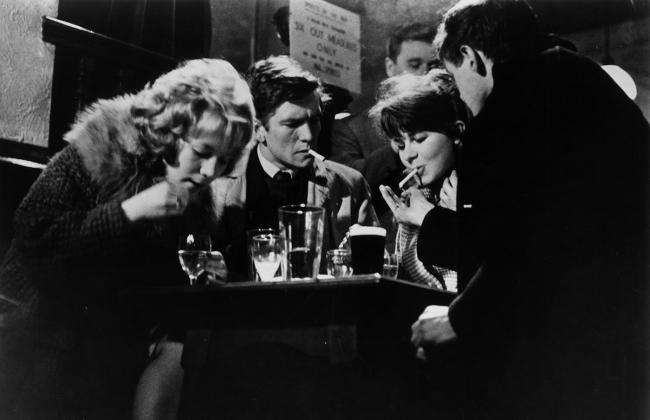
The British New Wave was characterised by many of the same stylistic and thematic conventions as the French New Wave. Usually in black and white, these films had a spontaneous quality, often shot in a pseudo-documentary / fake documentary, style on real locations and with real people rather than extras, apparently capturing life as it happens.
The key characteristics of British New Wave Cinema include:
- An emphasis on the gritty, often grimy reality of life
- The use of nonprofessional actors with naturalistic performances
- A focus on social issues and marginalized groups (e.g., immigrants)
- The use of location shooting to capture authentic regional accents and settings
- An emphasis on realism over artifice and stylization
A few films and directors that came from British New Wave Cinema Era:
- Saturday Night and Monday Morning (1960) – Dir. Karel Reisz
- Billy Liar (1963) – Dir. John Schlesinger
- This Sporting Life (1963) – Dir. Lindsay Anderson
- A Taste of Honey (1961) – Dir. Tony Richardson
- Look Back in Anger (1959) – Dir. Tony Richardson
